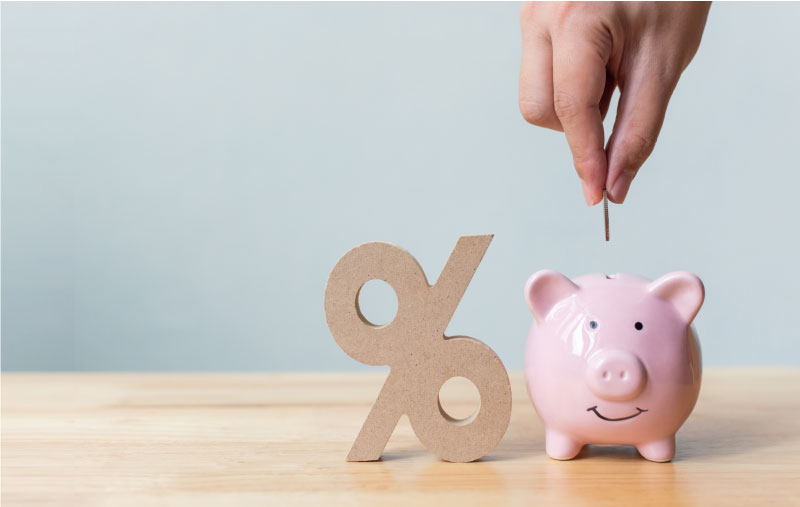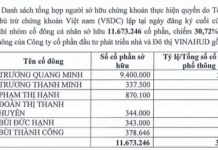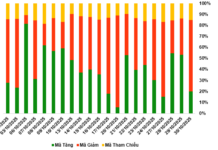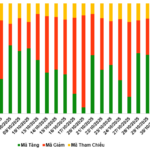According to a report released by the State Bank of Vietnam on January 8, 2024, the amount of deposits in banks by individuals and enterprises reached an all-time high of over 135 quadrillion dong by the end of 2023, a 14% increase compared to 2022.
If you’re also planning to deposit money in the bank, pay attention to these 4 rules!
#1: Deposit a portion of your money for the long term
Currently, deposit interest rates as of May 2024 have seen some adjustments but remain relatively low. Specifically, as of mid-May 2024, most banks have increased their deposit rates, with the highest rate offered being 6.2%/year for long-term deposits.
For shorter-term deposits, the rates are as follows: 1-3 week deposits remain unchanged at 0.5%/year; 1-5 month deposits have increased from 2.95%/year to 3.25%/year; 6-month deposits have increased from 4.6%/year to 4.9%/year; 7-11 month deposits have increased from 4.4%/year to 4.7%/year; 12-month deposits have increased from 5%/year to 5.3%/year; 13-month deposits have increased from 5.2%/year to 5.5%/year; 15-month deposits have increased from 5.8%/year to 6%/year; and 18-month deposits are at 6.2%. Meanwhile, the interest rate for 24-36 month deposits remains unchanged at 5.5%/year.
Given these rates, savings accounts are becoming less attractive to consumers. From a saver’s perspective, the best way to lock in the current interest rate and prevent it from dropping further is to deposit a portion of your money for the long term. Even if deposit rates decrease during your holding period, your funds will not be significantly affected.

Illustration
#2: Stagger your deposit timelines
You shouldn’t aim to save all your money in short-term deposits over 3 months, as you’ll lose out on a significant amount of interest. On the other hand, depositing all your funds as long-term deposits can affect liquidity and may cause anxiety if you need access to cash quickly.
The best approach is to keep a portion of your money for emergencies. Divide your funds into three parts: one part for 3 months, another for 1 year, and the last part for 3 years. Both short-term and long-term deposits should consider potential returns and liquidity.
#3: Diversify your deposits across multiple banks
While bank deposits are considered low-risk, there is always some level of risk involved. To manage this risk effectively, don’t put all your eggs in one basket. Instead, split your deposits across different banks, ensuring that the amount deposited in each bank does not exceed 2 billion dong. This strategy helps to spread the risk and provides added protection for your funds.

Illustration
#4: Don’t confuse insurance financial investments with bank deposits
Bank savings deposits are the safest and most popular form of financial investment today due to their convenience and high liquidity. Anyone can open a savings account at a bank without needing extensive financial knowledge. The interest rate you receive will depend on the amount you save and the package you choose.
Insurance, on the other hand, also offers high returns and low risk but requires a long-term commitment. Generally, it takes at least 10 years of continuous investment to recoup your capital, and it’s only after this period that you’ll start seeing clear benefits. Carefully consider your options and don’t confuse these two very different financial instruments.



































